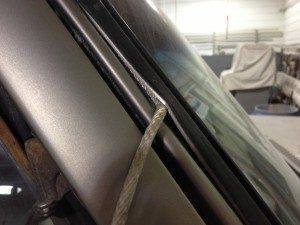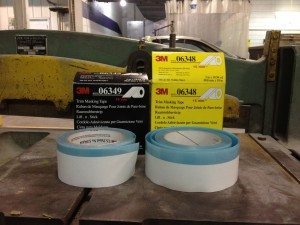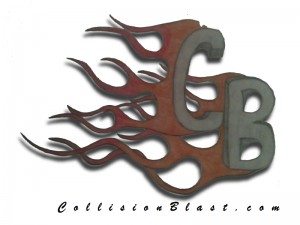I know it’s exciting to have a new project car to repair and paint, but before you start working on it, here are a few tips for you to consider. You are going to have a lot of time, hard work, and money involved with the project. So I am assuming you want the best results possible.
[youtube]http://www.youtube.com/watch?v=7eMgENm2rhc[/youtube]
Even when taking every precaution and following all of the steps, things still come up or go wrong at times. Therefore, I believe we should try to eliminate as many possible problems as possible. By following the steps in the video before you start the actual work, you may be able to bypass some of the problems that arise later.
This is the 1st episode of a series of videos we are doing for the Eastwood Video Series. During this series of videos, we are going to go through the entire process of painting a car. You can catch upcoming episodes by visiting www.CollisionBlast.com/Eastwood



